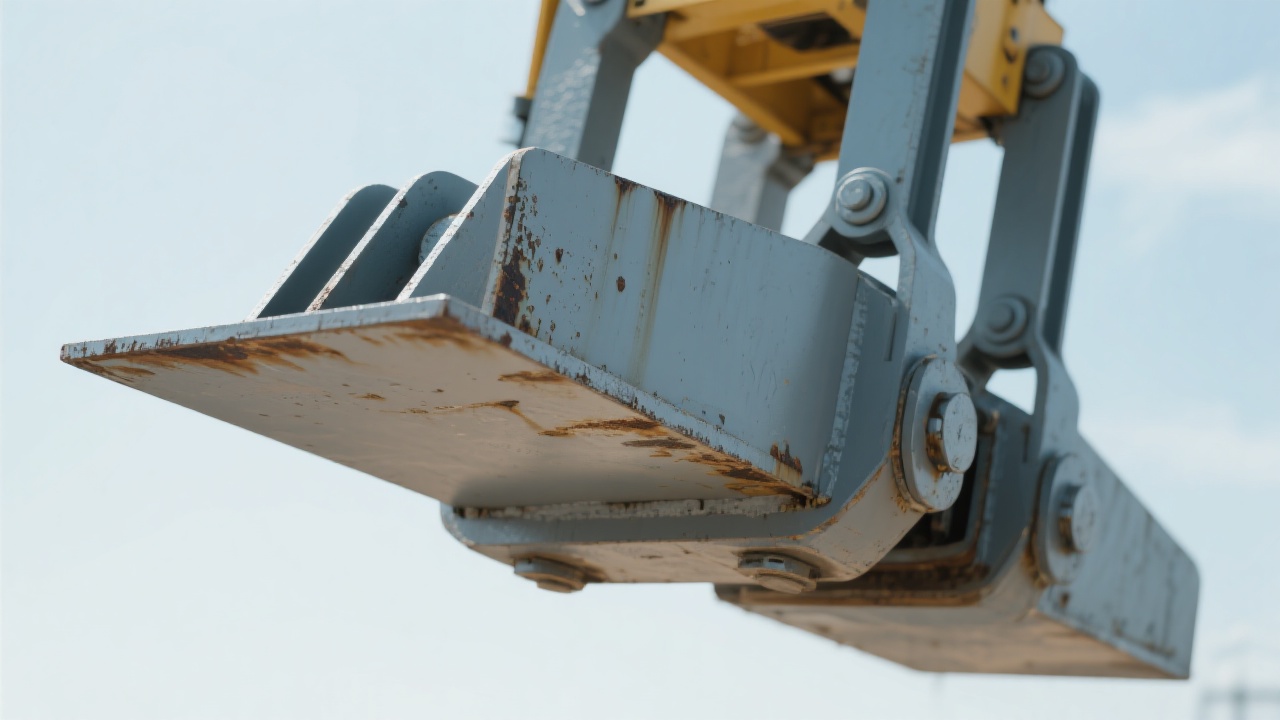
In the hot-rolling mill environment, billet clamps are critical for safe and continuous operation — yet hydraulic leaks remain one of the top causes of unplanned downtime. Based on over 18 years of global B2B experience across steel, machinery, and heavy industry, here’s how to diagnose, prevent, and fix common hydraulic failures — fast.
| Failure Type | Likely Cause | Real-World Example |
|---|---|---|
| Leakage at cylinder joints | Seal degradation due to thermal cycling (avg. temp: 120°C–250°C) | A German rolling mill reported 3x more leaks after 18 months without seal replacement — same clamp model, different maintenance cycle. |
| Clamp fails to close fully | Worn piston rod or misaligned actuator arm (typical wear rate: 0.05 mm/month under normal use) | In Mexico, a plant saw 17% drop in billet handling accuracy until they replaced worn bushings using our wear threshold table. |
| Delayed clamp response | Low fluid pressure from clogged filters or sensor drift (>10% deviation = false signal) | An Indian facility reduced reaction time by 40% after implementing monthly sensor calibration per our checklist. |
“The biggest mistake? Waiting for visible leakage before acting. By then, internal damage is already done.”
— Carlos Mendez, Senior Engineer at Titanium Ding Heavy Industry
Our team developed a standardized point inspection list used across 30+ countries — it’s not just about checking oil levels anymore. Key steps include:
Most importantly: automate your switch mechanism checks. A faulty limit switch can trigger a cascade failure — like in that South Korean case where a single misaligned sensor caused 2-hour shutdowns over two weeks.
Pro tip: Build a mental flowchart — start with symptoms (leak? delay? no grip?), then drill down using our diagnostic matrix. This isn’t theory — it’s what we teach new engineers during on-site training programs.

At Titanium Ding, we don’t just solve problems — we redesign how you think about them. Our CAD and MSC NASTRAN platforms ensure every component is stress-tested under real-world conditions, so your clamps last longer, perform better, and cost less to maintain.
If you’ve faced any of these issues — especially if you’re seeing recurring downtime or inconsistent performance — let us know. Share your exact scenario in the comments below, and we’ll send you 3 tailored solutions from similar plants around the world.

